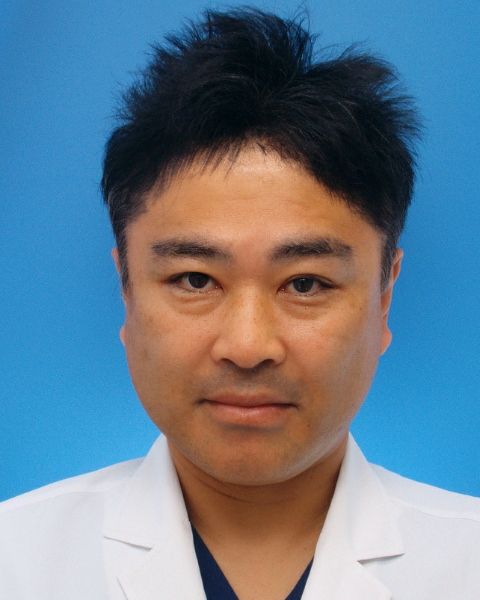Therapeutics
77 - INHIBITION OF HIGH MOBILITY GROUP BOX-1 ATTENUATES IN THE LCWE-INDUCED MURINE MODEL OF KD VASCULITIS

Kentaro Ueno, Doctor of Philosophy
a lecturer
Department of Pediatrics, Kagoshima University Graduate School of Medical and Dental Sciences
Kagoshima, Kagoshima, Japan
Author(s)
BACKGROUND
Innate immune activity plays an essential role in the development of Kawasaki disease (KD) vasculitis. We previously reported that high mobility group box-1 (HMGB-1), an endogenous damage-associated molecular pattern protein (DAMPs) plays an important role in mediating KD pathogenesis via NF-κB mediated inflammatory responses and increasing IL-1β and TNF-α production in in vitro model of KD vasculitis. Therefore, we sought to identify that the combination of anti-HMGB-1 antibody and intravenous immunoglobulin (IVIG) may suppress KD vasculitis.
METHODS
Vasculitis was induced via Lactobacillus casei cell wall extract (LCWE) injection (day 0) in 5-week-old male mice. Groups of mice were injected with LCWE alone, LCWE treated with IVIG, LCWE treated with IVIG and anti-HMGB-1 antibody, or PBS for controls (n=6, respectively). IVIG (1 g/kg) was administered on day 5 and anti-HMGB1 antibody (1 mg/kg) was started on day 5 and continued every other day for 2 weeks. Blood samples from LCWE-induced murine model of KD vasculitis were collected before and after treatment. Upper heart tissue was extracted from mice sacrificed on day 28 after the intraperitoneal injection of LCWE or PBS. Inflammatory cytokine or chemokine from serums samples were assessed by Bio-Plex mouse cytokine assay, and tissue extracts were assessed by mouse inflammation antibody array and immunohistochemistry.
RESULTS
Serum and inflammation antibody array for tissue from LCWE mouse treated with IVIG and, IVIG and anti-HMGB-1 antibody group suppressed cytokine levels of such as IL-1β and TNF-α (P < 0.001, respectively), and chemokine levels such as MCP-1 and RANTES (P < 0.001, respectively) compared to LCWE alone group. Comparison of the IVIG group and IVIG and anti-HMGB-1 antibody group showed no difference in serum or tissue cytokine levels, but chemokines such as MCP-1 and RANTES were reduced in the IVIG and anti-HMGB-1 antibody group compared to the IVIG group (P < 0.001, P=0.009, respectively). Immunohistochemistry showed that macrophage infiltration, hyperplasia of α-smooth muscle layer, and densely stained HMGB-1 were significantly suppressed in LCWE mice treated with IVIG and, IVIG and anti-HMGB-1 antibody group, compared to LCWE alone group. Further, macrophage infiltration and densely stained HMGB-1 were significantly suppressed in the IVIG and anti-HMGB-1 antibody group compared to the IVIG group.
CONCLUSION
Our findings suggest that IVIG and anti-HMGB-1 antibody treatment for LCWE-induced murine model of KD vasculitis may inhibit inflammatory cells infiltration in coronary arteries and alleviate vasculitis by neutralizing extracellular HMGB-1 and reducing chemokines such as MCP-1 and RANTES compared to conventional IVIG treatment.
